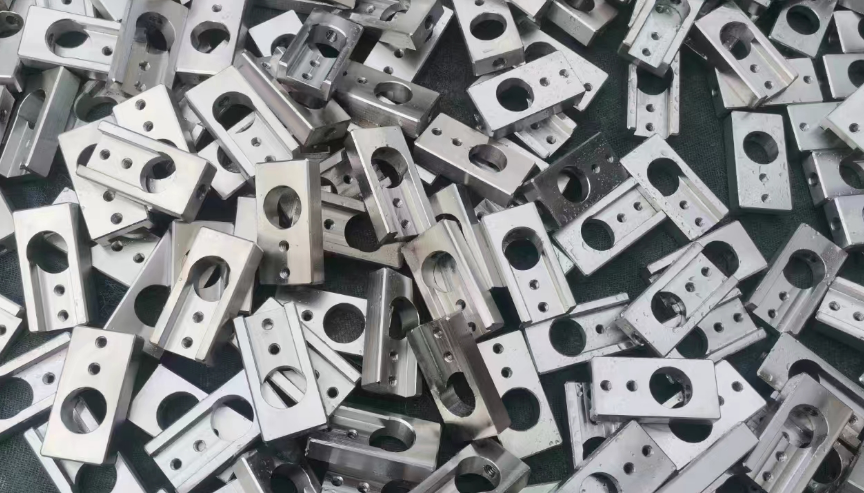In the realm of metallurgy, Japanese steel vs steel stainless occupies unique positions, each with its own set of characteristics and applications. In this blog post, let’s delve into the fundamental differences between Japanese steel and stainless steel.

Intsimbi yaseJapan vs iStainless Steel-Nguwuphi umahluko?
Japanese steel, often associated with the traditional craftsmanship and precision of Japanese sword making, is renowned for its exceptional quality and purity. It is typically produced using a carefully controlled refining process that focuses on reducing impurities and ensuring uniform carbon distribution. This results in a steel that is both tough and ductile, with excellent edge retention and wear resistance. Japanese steel is often used in the manufacture of high-end knives, swords, and other cutting tools where precision and durability are paramount.
On the other hand, stainless steel is a type of i-alloy steel that contains a minimum of 10.5% chromium, which gives it its corrosion-resistant properties. This chromium content forms a protective oxide layer on the steel’s surface, preventing rust and corrosion even in harsh environments. Stainless steel is available in various grades, each with its own unique combination of mechanical properties, corrosion resistance, and workability. It is widely used in applications ranging from cutlery and cookware to architectural components and industrial equipment.
Umahluko ophambili phakathi kwe- Japanese steel vs stainless steel lies in their composition and the resulting properties. Japanese steel, while not inherently stainless, often achieves high levels of corrosion resistance through its meticulous manufacturing process and the use of specific alloys. Stainless steel, on the other hand, owes its corrosion resistance primarily to the chromium content in its composition.
In terms of usage, Japanese steel is often associated with traditional craftsmanship and artisanry, where the focus is on precision and aesthetics. It is prized for its ability to take and hold a sharp edge, making it ideal for cutlery and other tools that require a high degree of sharpness and durability. Stainless steel, on the other hand, is more widely used due to its versatility and cost-effectiveness. It finds its way into a myriad of applications, from household items to industrial components, where its corrosion resistance and mechanical properties are highly valued.
Another key difference is the focus on aesthetics and traditional methods in Japanese steel. Many Japanese steel products are not only functional but also works of art, reflecting the craftsmanship and cultural heritage of Japan. Stainless steel, while certainly capable of being finished to a high degree of polish and appearance, is generally more focused on its functional properties.
isiphelo
In conclusion, Japanese steel vs stainless steel are both excellent materials with their own unique characteristics and applications. Japanese steel excels in precision and aesthetics, often associated with traditional craftsmanship, while stainless steel offers a versatile and cost-effective solution for a wide range of functional uses.
Enkosi ngokufunda inqaku lethu kwaye siyathemba ukuba linokukunceda ukuba uwuqonde ngcono umahluko phakathi Intsimbi yaseJapan vs iStainless Steel. Ukuba ukhangela ababoneleli ngentsimbi engatyiwa kwi-intanethi ngoku, siya kukucebisa ukuba undwendwele Sino Stainless Steel.
Njengomthengisi ohamba phambili weemveliso zentsimbi engenasici evela eShanghai China, iSino Stainless Steel ibonelela abathengi abakumgangatho ophezulu. amacwecwe ensimbi engenasici, iityhubhu zensimbi ezingenasici, imibhobho yentsimbi engenasici, imicu yentsimbi, iikhoyili zensimbi ezingenasici, iipleyiti zensimbi ezingenasici, yaye imivalo steel stainless ngexabiso elikhuphisana kakhulu.
 : + 86-18621535697
: + 86-18621535697  umthombo:export81@huaxia-intl.com
umthombo:export81@huaxia-intl.com